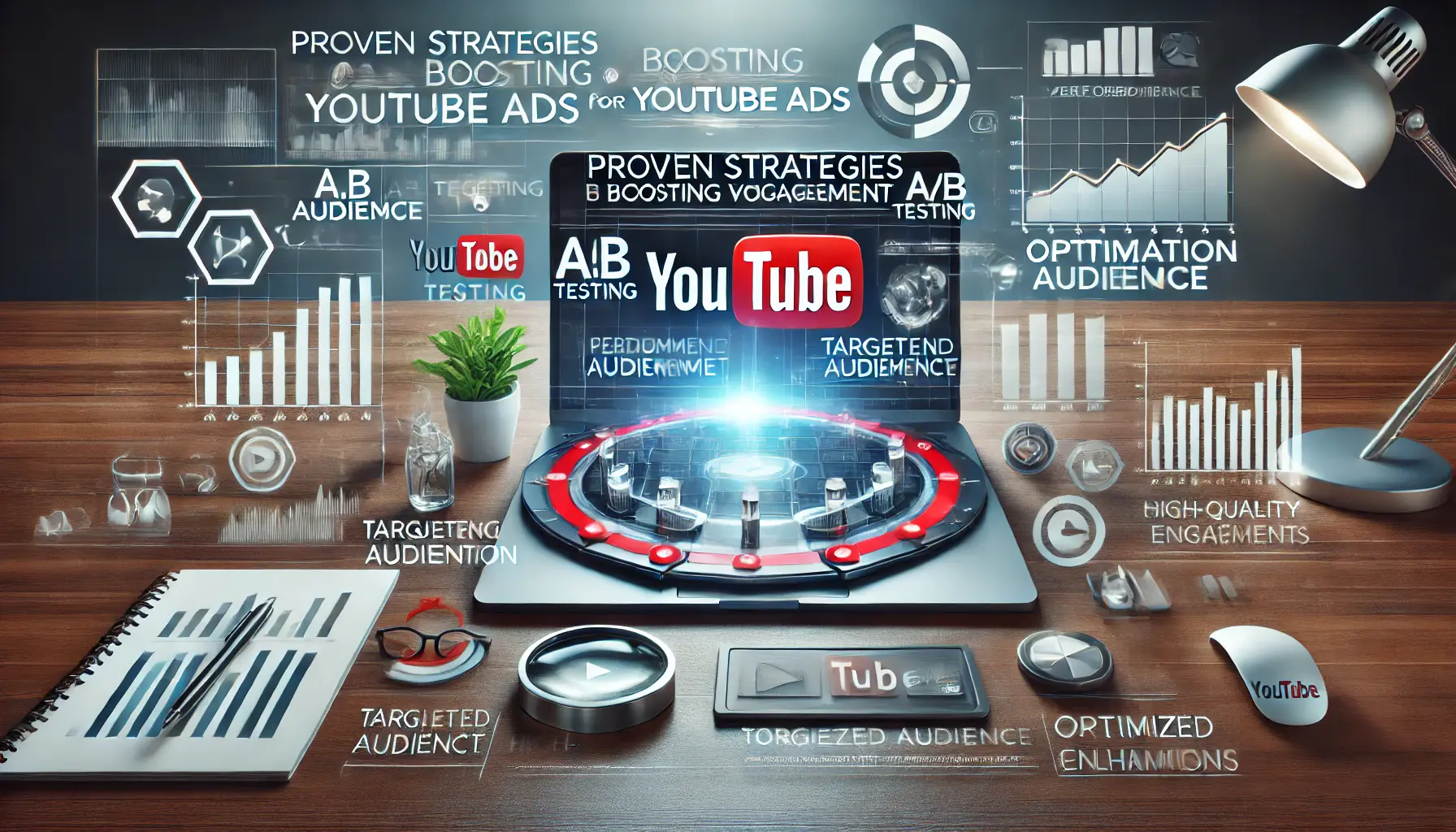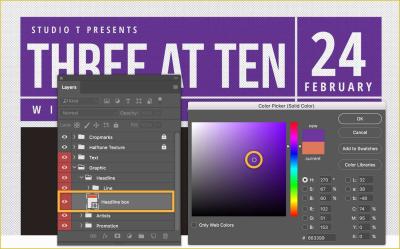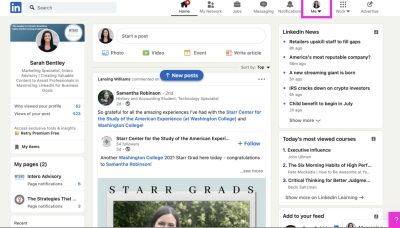Hey there! If you've been scrolling through YouTube lately, you might have noticed a significant uptick in the number of ads interrupting your favorite videos. You’re not alone in your observations. More ads mean more revenue for creators and the platform itself, but what’s driving this trend? Let’s dive into the world of YouTube advertising and explore the exciting (and sometimes overwhelming) changes happening right now.
Factors Contributing to More Ads on YouTube
So, what’s behind this surge in ads on YouTube? There are several key factors at play:
- Increased Demand from Advertisers: With the rise of online video consumption, brands are recognizing the power of reaching audiences on platforms like YouTube. According to a recent report, ad spending on digital platforms is expected to exceed traditional media for the first time. Businesses are eager to capture attention through engaging video ads.
- Targeted Advertising: YouTube’s sophisticated algorithms allow advertisers to target specific demographics, interests, and behaviors. This precision makes advertising on YouTube more appealing, as brands can reach their ideal audience directly. For instance, a fitness brand can target users who watch workout videos, ensuring their ads are seen by potential customers.
- Content Creator Incentives: More creators are joining the platform, incentivizing YouTube to introduce more ad formats. Creators often earn a significant portion of their revenue from ads, motivating them to produce more content. YouTube has introduced various ad types, such as skippable ads, non-skippable ads, and bumper ads, which further increases the ad load.
- Shift to Digital Consumption: The pandemic accelerated the shift from traditional media to digital platforms. As more people turned to YouTube for entertainment, education, and news, advertisers followed suit, recognizing the vast audience available. The increase in remote work and online learning has made YouTube a go-to resource.
- Enhanced Ad Formats: YouTube is constantly evolving its ad formats to keep viewers engaged. For example, ads that blend seamlessly into content, like overlay ads or sponsored segments, are becoming increasingly common. These formats not only offer an engaging experience for viewers but also provide brands with unique ways to connect with their audience.
In summary, the increase in YouTube ads is driven by a combination of factors, from the growing demand for digital advertising to the platform’s ability to deliver targeted campaigns. As these trends continue, it’s likely we’ll see even more ads in various formats, shaping the way we consume content on YouTube. Stay tuned for our next section, where we delve into how these changes impact both viewers and creators!
Also Read This: How to Share a YouTube Video to Your Instagram Story
3. The Impact of User Behavior on Ad Frequency
Have you ever noticed how the number of ads you see on YouTube seems to change based on your viewing habits? This isn't just a coincidence—it's a direct reflection of user behavior and how YouTube tailors its ad strategy to maximize engagement. As a user, your patterns influence not only what ads you see but also how often you see them.
Let’s break this down:
- Watch Time: If you binge-watch a series of videos on a particular topic, YouTube's algorithms pick up on this and might increase the number of ads related to that subject. For example, if you’re watching a lot of cooking videos, expect to see more ads for kitchen gadgets or meal kit services.
- Engagement Metrics: Liking, commenting, and sharing videos can signal to YouTube that you’re highly interested in certain content. Consequently, the platform might show you more ads that align with your interests, increasing their frequency.
- Search History: Your previous searches contribute significantly to your ad experience. If you’ve recently looked up fitness videos, it’s likely you’ll encounter more ads related to health supplements or gym memberships.
This tailored approach means that two users can have vastly different ad experiences on the same platform. YouTube aims to keep users engaged, and relevant ads often play a role in that. If you see more ads, it might be because you’re engaging more with content that advertisers find appealing!
Moreover, YouTube uses sophisticated algorithms to ensure that ads are not just frequent but also relevant. The better they can predict what users want to watch and what products they might consider buying, the more effective their ad placements will be. This, of course, leads to more ads being shown. It’s a cycle of engagement that benefits both users and advertisers.
In essence, your behavior on the platform is a key driver of ad frequency. So, the next time you feel overwhelmed by ads, think about what you’ve been watching and interacting with. It’s all part of YouTube’s broader strategy to connect advertisers with users in a meaningful way!
Also Read This: Exporting YouTube Shorts: Common Errors and Fixes
4. Changes in YouTube's Monetization Policies
YouTube's monetization policies have evolved significantly over the years, and these changes directly impact how many ads viewers see, and the types of ads that are being shown. Understanding these policies can give you insight into the current ad landscape on the platform.
Some notable changes include:
- Eligibility Requirements: Initially, YouTube had a more relaxed approach, but as of now, creators need to meet specific criteria—like having at least 1,000 subscribers and 4,000 watch hours within the past year—to monetize their content. This shift has resulted in a higher concentration of ads on videos from established creators, potentially increasing ad frequency.
- Ad Types: YouTube has also diversified the types of ads available, including skippable ads, non-skippable ads, bumper ads, and overlay ads. This variety allows advertisers to choose formats that best suit their objectives, thereby increasing the overall number of ads displayed.
- Content Guidelines: Stricter content guidelines mean that certain videos may be deemed unsuitable for ads. Consequently, YouTube is more likely to serve ads on videos that meet their community standards, which can lead to an increase in ads for compliant creators.
These monetization policies not only shape the landscape for creators but also affect how often viewers encounter advertisements. As YouTube adapts its approach to monetization and ad strategy, users can expect fluctuations in their ad experiences based on the type of content they consume.
What does this mean for viewers? A more tailored ad experience where the content you enjoy aligns closely with the ads you see. While some may find the increase in ads annoying, others might appreciate the relevancy they bring. Ultimately, understanding these policies can help users navigate their YouTube experience more effectively!
Also Read This: Understanding the Font YouTube Uses in Its Platform Design
5. Comparison of YouTube Ads with Other Social Media Platforms
When it comes to advertising, YouTube stands out as a unique platform compared to others like Facebook, Instagram, and TikTok. Each platform has its own strengths, but YouTube’s video-centric format offers distinct advantages for advertisers.
Video Engagement: One of YouTube’s biggest assets is its ability to engage users through video content. According to recent studies, videos can increase retention rates significantly compared to static images or text posts. For instance, while a Facebook post might get a quick glance, a YouTube ad can captivate viewers for longer, leading to higher conversion rates.
Ad Format Diversity: YouTube offers a variety of ad formats, including:
- Skippable Ads: Viewers can skip these after five seconds, which means capturing attention quickly is crucial.
- Non-Skippable Ads: These are often 15-20 seconds long and must be watched before the content. They can be particularly effective for brand awareness.
- Bumper Ads: Short, six-second ads designed for quick messaging that can leave a lasting impression.
- Overlay Ads: These appear on the lower part of the video, allowing the user to continue watching uninterrupted.
Targeting Options: While platforms like Facebook and Instagram have robust targeting features based on interests and behaviors, YouTube allows advertisers to target users based on their viewing habits, search queries, and even the type of content they interact with. This means a beauty brand can place ads on makeup tutorials or skincare reviews, directly reaching potential customers who are already interested in their niche.
In contrast, while platforms like TikTok may have a younger audience and a focus on trends, they lack the same depth of video content that YouTube offers. Advertisers often find it easier to tell their stories in longer formats on YouTube, making it a preferred choice for brands looking to provide more in-depth content.
Also Read This: How Much Money Can You Earn from 68 Million Views on YouTube
6. How Advertisers Target YouTube Audiences
Targeting audiences on YouTube is like having a treasure map for advertisers. With advanced tools and analytics, advertisers can hone in on the right viewers, making their campaigns more effective. Here’s how they do it:
1. Demographic Targeting: Advertisers can zero in on specific demographics such as age, gender, and location. For example, if a company sells children’s toys, they can target parents aged 25-40 in specific regions, ensuring their ads reach the right audience.
2. Interest-Based Targeting: YouTube allows advertisers to target users based on their interests. If someone frequently watches travel vlogs, they might see ads for travel gear or vacation packages. This method ensures that the content is relevant, increasing the likelihood of engagement.
3. Keyword Targeting: Just like Google Ads, advertisers can use keywords to display their ads alongside relevant videos. For instance, a fitness brand might target keywords like “home workouts” to show their ads on related videos, effectively reaching viewers already interested in fitness.
4. Remarketing: This tactic allows advertisers to re-engage viewers who have previously interacted with their content or website. If someone watched a specific ad but didn’t make a purchase, they might see that ad again when they’re back on YouTube, reminding them to complete their transaction.
5. Custom Audiences: Advertisers can create custom audiences based on their own data, such as email lists. This means that if customers have signed up for newsletters, brands can show tailored ads to those individuals on YouTube, making it a personalized experience.
By combining these strategies, YouTube gives advertisers powerful tools to ensure their messages reach the right viewers at the right time. This precision is part of why YouTube ads are thriving, turning casual viewers into loyal customers.
Also Read This: Setting Time Limits on YouTube for PC: How to Manage Your Screen Time
7. Viewer Responses and Adaptations to Increased Ads
As YouTube ads become more prevalent, viewers are finding various ways to adapt to this new advertising landscape. It's fascinating to see how audiences are responding and adjusting their viewing habits. Here are some common reactions:
- Increased Use of Ad Blockers: Many users are turning to ad blockers to enhance their viewing experience. By using these tools, they hope to eliminate interruptions caused by ads. However, this trend poses a challenge for content creators who rely on ad revenue.
- Faster Skipping: With the rise of longer ad formats, viewers have become adept at skipping ads as soon as they can. This quick finger action reflects a desire to reclaim control over their viewing experience.
- Shift in Content Consumption: Some viewers are opting for paid subscriptions, like YouTube Premium, to enjoy ad-free content. This shift indicates a growing willingness to invest in a seamless viewing experience.
- Developing Tolerance: Interestingly, some users have developed a tolerance for ads, viewing them as part of the YouTube experience. They might even engage with ads that resonate with their interests, showcasing a more nuanced relationship with advertising.
Moreover, viewers are becoming more selective about the content they consume. If they notice excessive ads, they might gravitate towards creators who maintain a balance between quality content and advertising. This shift has prompted many content creators to rethink their ad strategies, ensuring that ads are relevant and engaging.
Ultimately, the viewer response to increased ads showcases a delicate balance between advertising effectiveness and user experience. As advertisers continue to adjust their strategies, understanding these responses will be crucial for maintaining viewer engagement.
8. Future Predictions for YouTube Advertising
As we look to the future, several trends suggest how YouTube advertising will evolve. Here are some exciting predictions that could shape the landscape:
- Enhanced Targeting Capabilities: With advancements in AI and data analytics, advertisers are likely to leverage more sophisticated targeting methods. This means ads will become increasingly personalized, reaching the right audience at the right time.
- Interactive and Engaging Formats: Expect the rise of interactive ads that encourage viewer participation. For instance, brands might create ads that allow viewers to make choices or engage in quizzes, making the ad experience more enjoyable and memorable.
- Integration with Live Streaming: As live streaming grows, so too will the integration of ads into these formats. Imagine watching a live event and being able to interact with ads in real-time. This could revolutionize how brands connect with audiences.
- Increased Focus on Brand Safety: With the growing concern over brand safety, YouTube will likely enhance its measures to ensure that ads run alongside appropriate content. This will build trust between advertisers and the platform.
- Expansion into Emerging Markets: As YouTube continues to expand globally, advertisers will tap into emerging markets, tailoring ads to local cultures and preferences. This will open up new opportunities for brands to connect with diverse audiences.
In conclusion, the future of YouTube advertising is bright, filled with opportunities for innovation and engagement. As both viewers and advertisers adapt to these changes, it will be intriguing to see how the platform continues to evolve, balancing user experience with advertising effectiveness.

 admin
admin








